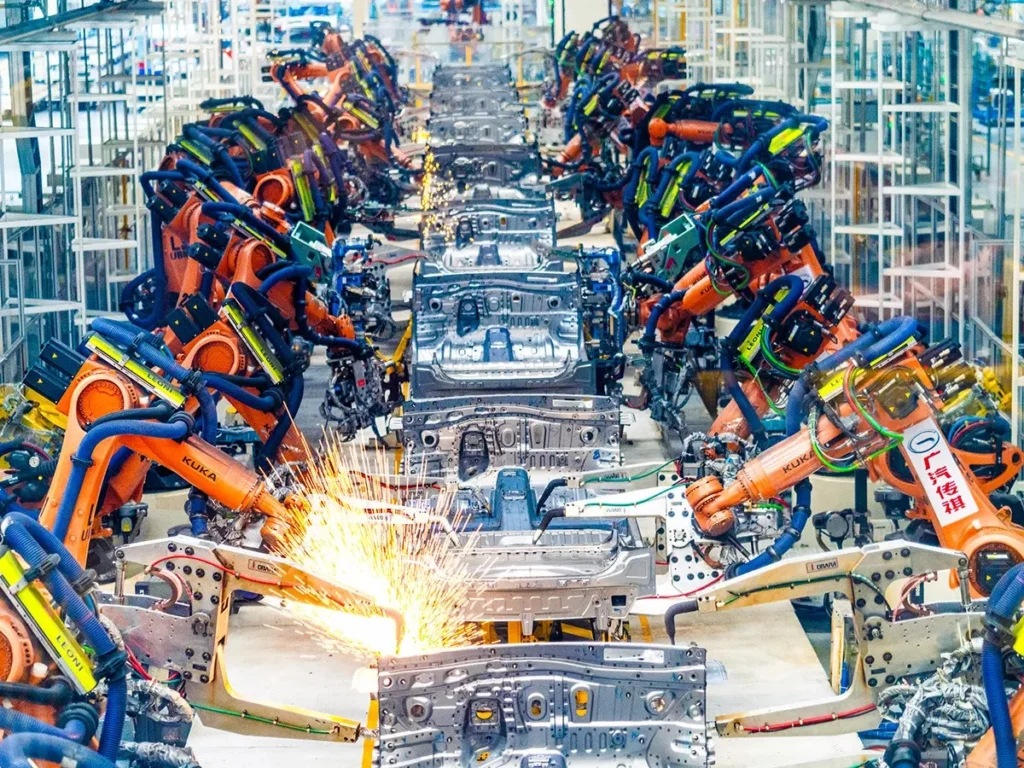The figures for 2023 in Sweden mean that the automotive sector has now overtaken the metal industry as the largest user of robotics, where in the latter industry segment installations decreased by 25 percent to 428 units. The rubber and plastics industry also saw some decline with 233 new installations, down 7%. Most robot installations during the year were in handling and machine service (1,374 units, up 24%), followed by welding applications (223 units, up 20%).

China has the largest robot market
Globally and in absolute terms, China is thus the largest market, with 276,288 new robot installations in 2023, which corresponds to 51% of the global number. The share of domestically produced robots in China has increased to 47%, compared to 28% in the past decade. China’s operational robot stock was close to 1.8 million units in 2023. Demand for industrial robots in the country is expected to continue to increase sharply in 2024.
• Furthermore, Japan is the world’s second largest industrial robot market, with 46,106 units installed in 2023. US is third with 37,587, and South Korea is the fourth with 31,444 robots installed in the same year.
• Germany is the largest robot market in Europe, where robot installations increased by 7% to 28,355 units.
• In the US, 37,587 robots were installed, which was a decrease of 5%. Demand from the automotive industry fell by 15%, while the metal and machinery industry increased its installations by 8%.

Accelerated growth is predicted for 2025
IFR writes in its near-term outlook that it expects the global economic downturn to bottom out this year, 2024, with global robot installations leveling off at 541,000 units. It expects growth to accelerate in 2025 and continue in 2026 and 2027. There are no signs that the overall long-term growth trend will end in the near future, IFR argued.
For the Swedish part, SWIRA believes in its comment that the declining position in terms of robot density, ”may affect the country’s ability to compete effectively in nom manufacturing sector and underlines the need for increased investment in automation and technological innovation. To regain a leading position, strategic investments and political initiatives are required that promote the development and implementation of advanced robotics in industry.”
In its forecast for the coming years, SWIRA writes:
“Despite an expected decline in demand for robots in 2024, a recovery and moderate growth is predicted in subsequent years. It is estimated that Sweden’s GDP will grow by 0.6% in 2024 and accelerate to 2.6% in 2025. Investments in the automotive industry, announced for 2024 and 2025, are expected to contribute to this growth.”






